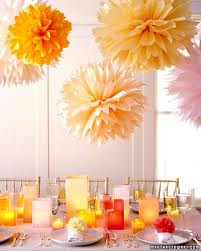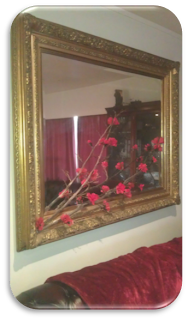 |
| The hothouse in winter |
 About 4 years ago, my husband was lucky enough to acquire this hothouse via Trade Me by a clever guy who made it himself. It is about 5m long and 2m wide. After having it in another place for a couple of years, it was moved to accommodate the hayshed. This gave Vaughan a chance to build a concrete plinth for the base to be bolted too and last year Vaughans dad used excess concrete from another project to give us this awesome path.
About 4 years ago, my husband was lucky enough to acquire this hothouse via Trade Me by a clever guy who made it himself. It is about 5m long and 2m wide. After having it in another place for a couple of years, it was moved to accommodate the hayshed. This gave Vaughan a chance to build a concrete plinth for the base to be bolted too and last year Vaughans dad used excess concrete from another project to give us this awesome path.
In Spring and Summer the hothouse is mostly restricted to tomatoes, basil, beans, the 2 grapevines, and very few other crops.
In Autumn and Winter we are now using the hothouse to keep us going with broccoli, beetroot, lettuce, celery, parsley and silver beet (chard).
We are also testing out what Summer veges we can either grow or get a good start on like zucchini and beans.
So far all seeds have taken and growing!! YAY! But of course this is just the beginning and we will just have to wait and see if they bear fruit (fingers crossed). I have also noticed other seedlings (alongside the weedlings) of tomatoes and basil coming through too.
































